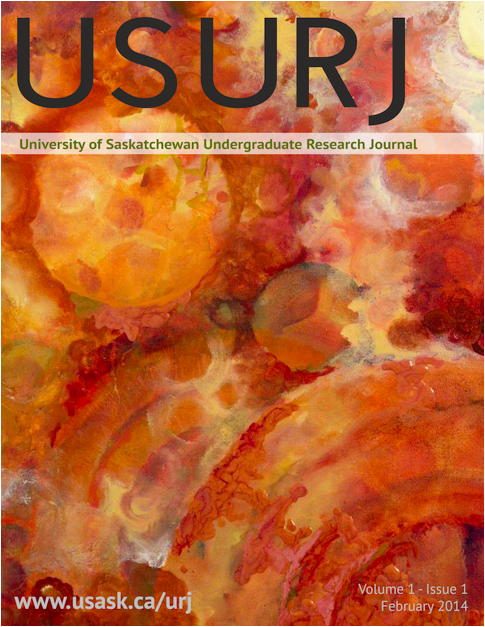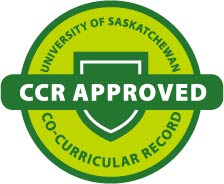Digestibility and performance responses of broiler chickens fed a pea based diet with different levels of dietary microbial phytase
DOI:
https://doi.org/10.32396/usurj.v1i1.53Keywords:
broilers, phytase, growth, digestibility, apparent metabolizable energy, peasAbstract
Although the benefits of phytase are well documented, the purpose of this study was to determine the effect of supplemented phytase on pea-based diets in poultry, as research is lacking on pea diets. A 21-day feeding trial using male broiler chicks on the day of hatch was conducted to assess the effects of adding four levels of dietary microbial phytase (0.0, 0.1, 0.3 and 0.9 g/kg diet; with respective activity levels of 0, 500, 1500 and 4500 FTU or phytase units) to a pea-based diet on bird productivity and digestibility. The responses were evaluated in terms of broiler performance, nutrient digestibility and apparent metabolizable energy (AME). This research demonstrated that digestibility of ash and starch increased with phytase supplementation. Protein and fat digestibility remained relatively constant, but an increase in apparent metabolizable energy (AME) was seen. The performance of broilers also improved as increased weekly gains attributable to phytase were seen through improved feed conversion. The results of this research are indicative that phytase supplementation in poultry pea-based diets has a positive impact.
Downloads
Published
Issue
Section
License
Articles: USURJ’s current Publication Agreements apply a Creative Commons Attribution-NonCommercial License (CC-BY-NC) by default. The CC BY-NC license lets others remix, tweak, and build upon work non-commercially. The author(s) can choose a different CC license, as outlined in https://creativecommons.org/about/cclicenses/. Please see the PDF for each article to determine what license is applied to that article. Author(s) can also request to reserve all copyright (All Rights Reserved). If there is no indication for articles published before September 2020, assume the author retains all rights beyond those necessary for publication by USURJ. All articles published after September 2020 will apply one of the aforementioned CC licenses. See the Publication Agreement under the Submission Preparation Checklist or Author Guidelines for more information. Artwork: All copyright for the original artwork remains with the artist unless they wish to apply a Creative Commons (CC) license to the artwork. Please see the PDF for each artwork to determine what license is applied to that artwork.







